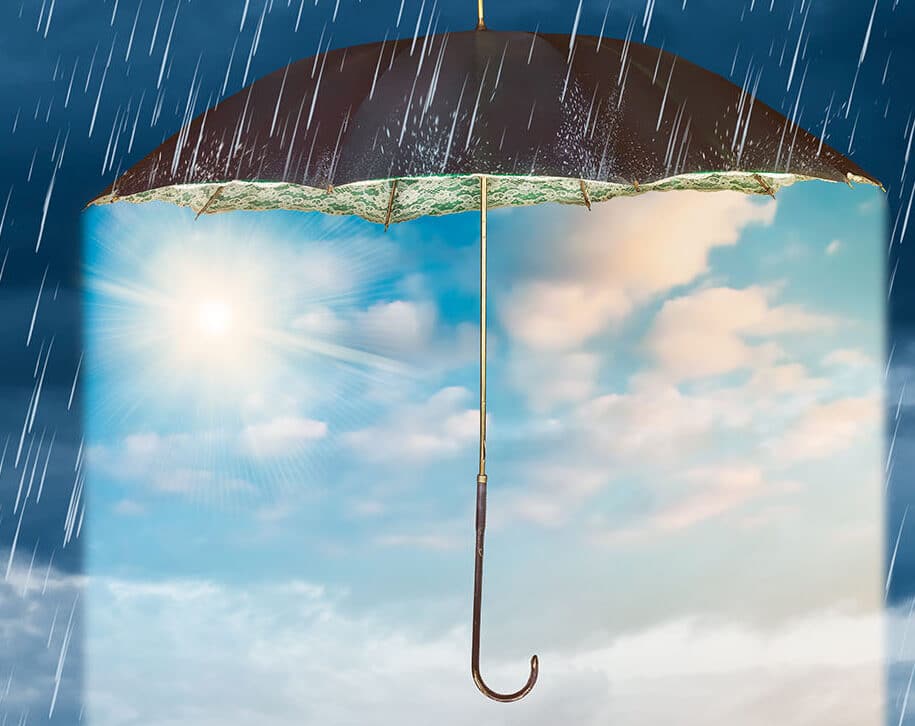Spring Showers: Building Your Rainy Day Fund

Setting aside a rainy day fund, also called an emergency or contingency fund, is important for any solid financial plan. Think of this part of your personal budget as a financial umbrella when life hits you with an unexpected downpour, whether it’s a car repair, job loss or medical emergency. Here are some steps to help you set up a fund that can save the day and keep mishaps from derailing your master plan.
1. Set a Goal
Start by setting a realistic goal for your fund, aiming to save enough to cover at least three to six months’ worth of living expenses. This target can provide a comfy cushion, keeping you from resorting to riskier solutions such as taking on high-interest debt or depleting other savings accounts.
2. Keep it Separate
Open a dedicated savings account just for your fund. Keeping this money apart from your everyday checking account makes it easier to resist the temptation of dipping into these funds for spur-of-the-moment expenditures. Pro tip: Look for an interest-earning savings account to maximize your savings growth over time.
3. Create a Budget
Develop a detailed monthly budget that outlines your income and expenses. Look for areas where you can cut costs and redirect those savings towards your rainy day fund. Then, make it a habit to set aside a portion of your monthly income to your emergency savings, treating that amount as a non-negotiable expense.
4. Set Savings to Autopilot
WaterStone Bank’s user-friendly digital banking app makes it easy to transfer money from other accounts to your dedicated rainy day fund savings account. Setting your savings to contribute automatically is a hands-off approach that can help you build your emergency fund faster.
5. Review and Adjust
Keep an eye on your savings, periodically reassess your goals, and strategically adjust as needed to take into account changes in your income, expenses and long-term financial goals. Track your progress, and help yourself to stay motivated by acknowledging and celebrating milestones along the way.
Setting up and contributing to a rainy day fund is a key step toward financial security and peace of mind. With persistence and discipline, you can grow your fund to be a reliable safety net for life’s twists and turns.

